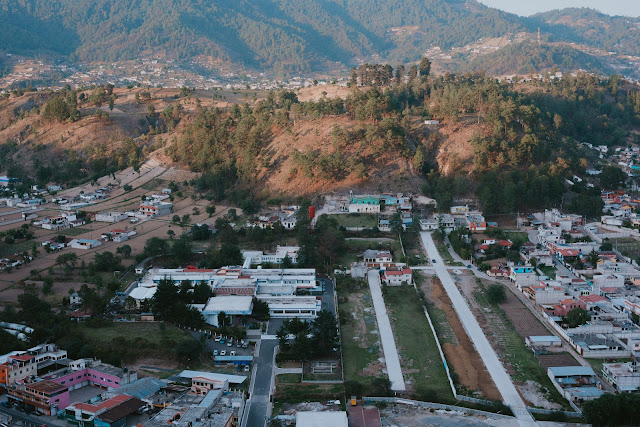Itanagar, the capital of Arunachal Pradesh, India, is a place where time seems to stand still, and history comes alive. In this article, we will embark on a fascinating journey through the rich cultural heritage of Itanagar.
Introduction
Nestled in the eastern Himalayan region, Itanagar is a city of unparalleled beauty and historical significance. Its heritage reflects the diverse cultures, traditions, and histories of the indigenous tribes that have called this place home for centuries.
The Indigenous Tapestry
Itanagar is inhabited by various indigenous tribes, including the Nyishi, Galo, Apatani, and Adi. Each tribe contributes to the city's rich cultural tapestry with its unique traditions, languages, and festivals.
The Historic Significance
The history of Itanagar can be traced back to the 11th century when it was a part of the ancient kingdom of Mayapur. Later, it became a stronghold of the Nyishi tribe and eventually evolved into the modern capital of Arunachal Pradesh.
Exploring Itanagar's Heritage
Ita Fort: A Monumental Legacy
Ita Fort, meaning 'Fort of Bricks,' stands as a testament to the city's historical significance. Built in the 14th century, the fort's massive brick walls are an architectural marvel. It offers a glimpse into the ancient engineering prowess of the region.
Festivals and Traditions
Itanagar's cultural calendar is replete with vibrant festivals. The Nyokum Yullo festival of the Nyishi tribe, Losar festival of the Monpas, and Solung festival of the Adi tribe are just a few examples. These celebrations showcase the indigenous art forms, music, and dances.
Craftsmanship and Handicrafts
The indigenous tribes of Itanagar are known for their exquisite craftsmanship. Visitors can explore local markets to find intricately woven textiles, bamboo crafts, and traditional ornaments. These handmade items are not just souvenirs but a testament to the city's living heritage.
Preserving Itanagar's Legacy
Museums and Cultural Centers
Itanagar is home to several museums and cultural centers that diligently preserve the region's history and art. The Jawaharlal Nehru State Museum is a must-visit, displaying a wide array of artifacts, manuscripts, and tribal relics.
Language and Oral Traditions
The city's rich linguistic diversity is another facet of its cultural heritage. Indigenous languages are passed down through generations, keeping the oral traditions alive. Efforts are made to document and safeguard these languages, ensuring that they endure.
Conclusion
Itanagar's rich cultural heritage is a journey through time, where ancient forts, vibrant festivals, and indigenous traditions converge. As you explore this city, you'll not only witness its history but also the living traditions of the diverse tribes that call Itanagar home.
FAQs
What is the significance of Ita Fort? Ita Fort is a historical monument that showcases the ancient engineering skills of the region. It is a symbol of Itanagar's rich history.
Which tribes inhabit Itanagar? Itanagar is home to several indigenous tribes, including the Nyishi, Galo, Apatani, and Adi, among others.
What are some famous festivals in Itanagar? Itanagar hosts various festivals, including Nyokum Yullo, Losar, and Solung, which celebrate the indigenous culture, music, and traditions.
Where can I find traditional handicrafts in Itanagar? You can explore local markets and shops in Itanagar to purchase traditional handicrafts, including textiles, bamboo crafts, and jewelry.
How is the cultural heritage of Itanagar being preserved? Itanagar preserves its cultural heritage through museums, cultural centers, efforts to document indigenous languages, and the continuation of oral traditions.
Uncover the mysteries of Itanagar's cultural heritage and immerse yourself in the stories of its people, their traditions, and their enduring legacy. This journey through history is an experience like no other, offering a glimpse into the heart and soul of this remarkable city.
















0 Comments